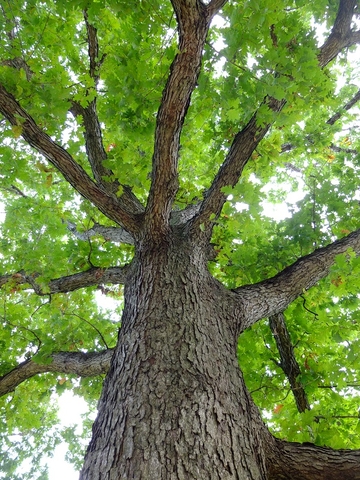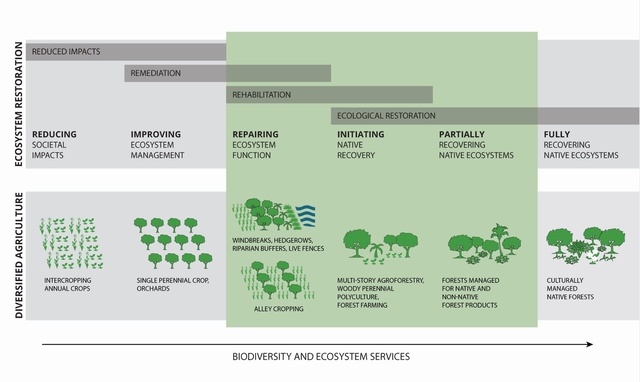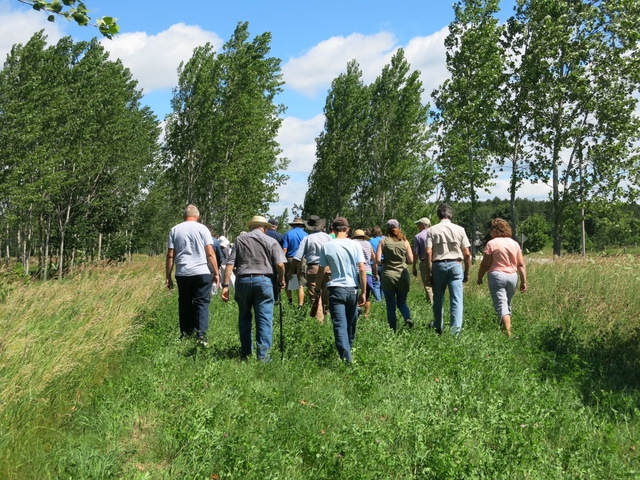-

-


A long-term study conducted at the University of Guelph, Ontario, Canada focused on Carbon (C) sequestration through bioenergy cropping systems in non-agricultural lands (Figure 1) (Bazrgar et al. 2020). These systems sequester atmospheric CO2 in their fibre, as well as in the soil through residue inputs (litterfall, coarse root and fine-root turnover, soil microbial processes, etc. Figures 2 and 3) (Coleman, et al. 2018). In Canada, the current estimate of non-agricultural (marginal) land area that can be brought under biomass crop production is 9.5 million ha (Ashiq et al. 2017). Meanwhile, a significant increase in bioenergy production has also been predicted based on global future energy scenarios. Understanding the system-level C storage potentials in woody and herbaceous cropping systems (long term soil organic carbon (SOC) sequestration, belowground biomass C, annual litter input and fine root turnover associated C), and how these system-level C dynamics will change as systems mature will help biomass growers to comprehend long-term C sinks influenced by biomass crops.
-
Details
-
Parent Category: 2020 Vol. 26
Read more ...









